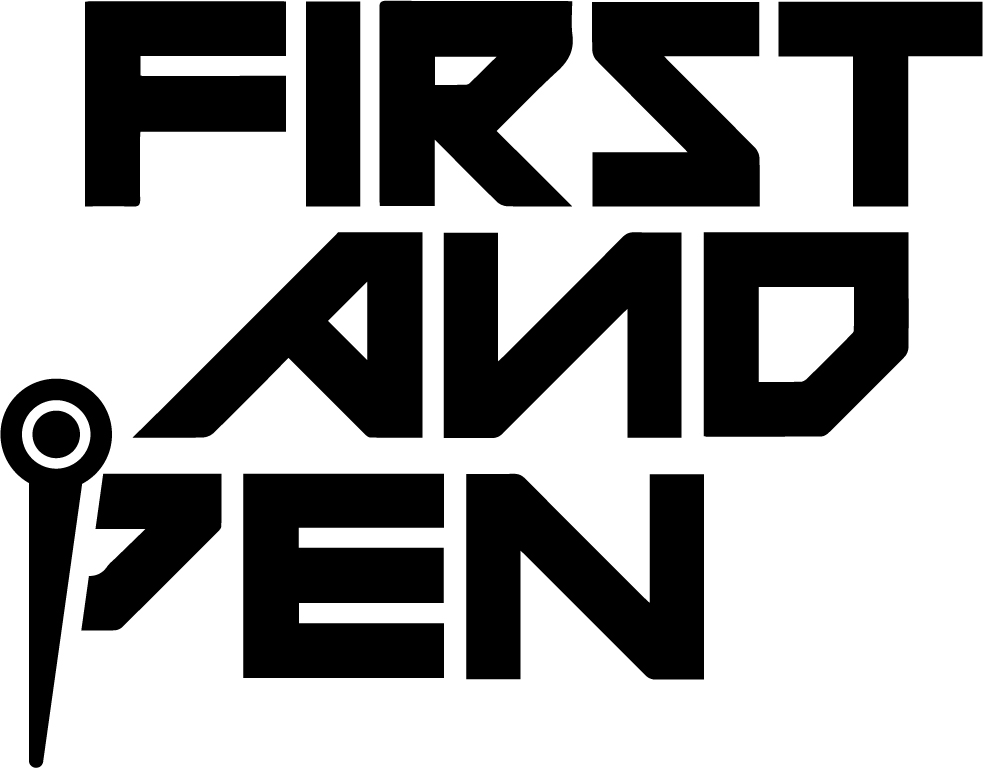I am a 70s baby, born and raised in New York City when New York City was real.
It was tough, honest, hard, critical, supportive and protective.
We had neighborhoods and played outdoor games. There was no internet or social media, and playing indoors for hours was a non-starter.
You wanted to be outside, especially in the summer, because that’s when the City Game came alive.
And that game was basketball.
The city blacktop was for everyone.
To some it was a place to play, for others it was a sanctuary away from the hardships they encountered.
But for others, the true ballers, the blacktop was their silver screen and when they played, it was showtime.
And that’s what the Showtime documentary “NYC Point Gods” brings to life.
City life in the 70s and 80s was nothing like they are today, and neither were the courts.
There were no corporate restored outdoor courts or high-end gyms like the ones current NBA players are seen playing in on social media.
The city was tough and so were the players.
“They push you, they foul you. You can’t call no foul,” said Kenny Anderson.
You played on the blacktops that had a court, mainly in schoolyards across the five boroughs.
But you defended your home court.
That’s where these elite guards built a rep for themselves that preceded them when they traveled to different neighborhoods.
In NYC, if you wanted to play point guard, first and foremost, you had to have handle. Then you needed the toughness and mouth to back up your talents with the ball, for no one was going to just give you your props.
You had to earn it. And many times you had to take it.
Today’s generation is obsessed with the step-back three and shooting range like Steph Curry.
But back then, if you had serious handle and court vision, you were anointed as a point guard.
Your name was in the Daily News and Newsday.
And your reputation for ball handling skills grew through word of mouth, not the Gram or Tik Tok.
For players like Pearl Washington, Mark Jackson, Kenny Smith, Rod Strickland, Kenny Anderson, Stephon Marbury, Rafer Alston and God Shamgod, that was what mattered.
“A New York City point guard would give up his girl and his chain before he gave up his dribble,” said Stephon Marbury.
And he’s right.
Growing up, you would see young kids dribbling a ball everywhere they went. Going to the bodega, running to the store or even a quick trip to the numbers spot, the ones with aspirations of being the next great New York City point guard had a ball in their hands at all times and controlled it like it was on a string.
That’s the story of Kenny Anderson that everyone knew about. He would drive his mother crazy because he would bring the basketball with him everywhere they went.
But if you wanted to be a true floor general, a controller of the rock, that’s what you had to do.
Dribble, dribble, dribble.
Pass, pass, pass.
Shooting wasn’t the first or second option for a true NYC point guard. It was probably the fourth behind dribbling, passing and talking smack.
And they didn’t just play.
They practiced their talents relentlessly, doing things that today’s players can’t even fathom, mostly because they had to be creative to be better than anyone else.
For these ball masters, the ball became a natural extension of their arm, like Shamgod’s patented move named after him.
For those with the gift of true handles like the guards featured in the film, they took someone trying to steal the ball from them as a sign of personal disrespect. Reaching in meant you were getting embarrassed by a quick crossover.
Being an elite New York City point guard was the first line on your street resume. In most cases, it was the only entry required for when people heard who was playing and where, they flocked to that court to watch them.
When it was time for Gauchos to play Riverside Church, it was a packed house.
When Archbishop Molloy, Christ the King and Tolentine met up, the bleachers were filled.
On the subways, players who earned their reps were given their respect and left alone. And if they were foolishly challenged, a ball was always on hand to settle it.
And if you traveled out of state, don’t get shown up for your neighborhood won’t ever let you forget it.
Strickland told me a story about how he got bodied and embarrassed when he played against LSU as a freshman. When he returned home, his family, friends and players in his Mott Haven neighborhood in the Bronx let him have it.
He never forgot the admonishment he received and that moment became one of the driving forces in his push to dominate at DePaul and make it to the NBA.
It’s hard to describe the energy and excitement that basketball brought to the City back then. It’s something you had to be there to experience and appreciate for it was electric and a time that can’t be duplicated.
But “NYC Point Guards” did an incredible job bringing those times and moments to life through the men and women who played, dominated and molded the position back then.
Showtime’s “NYC Point Gods” documentary, executive produced by Kevin Durant and Rich Kleiman, airs on Showtime on Friday, July 29th at 9pm EST.











